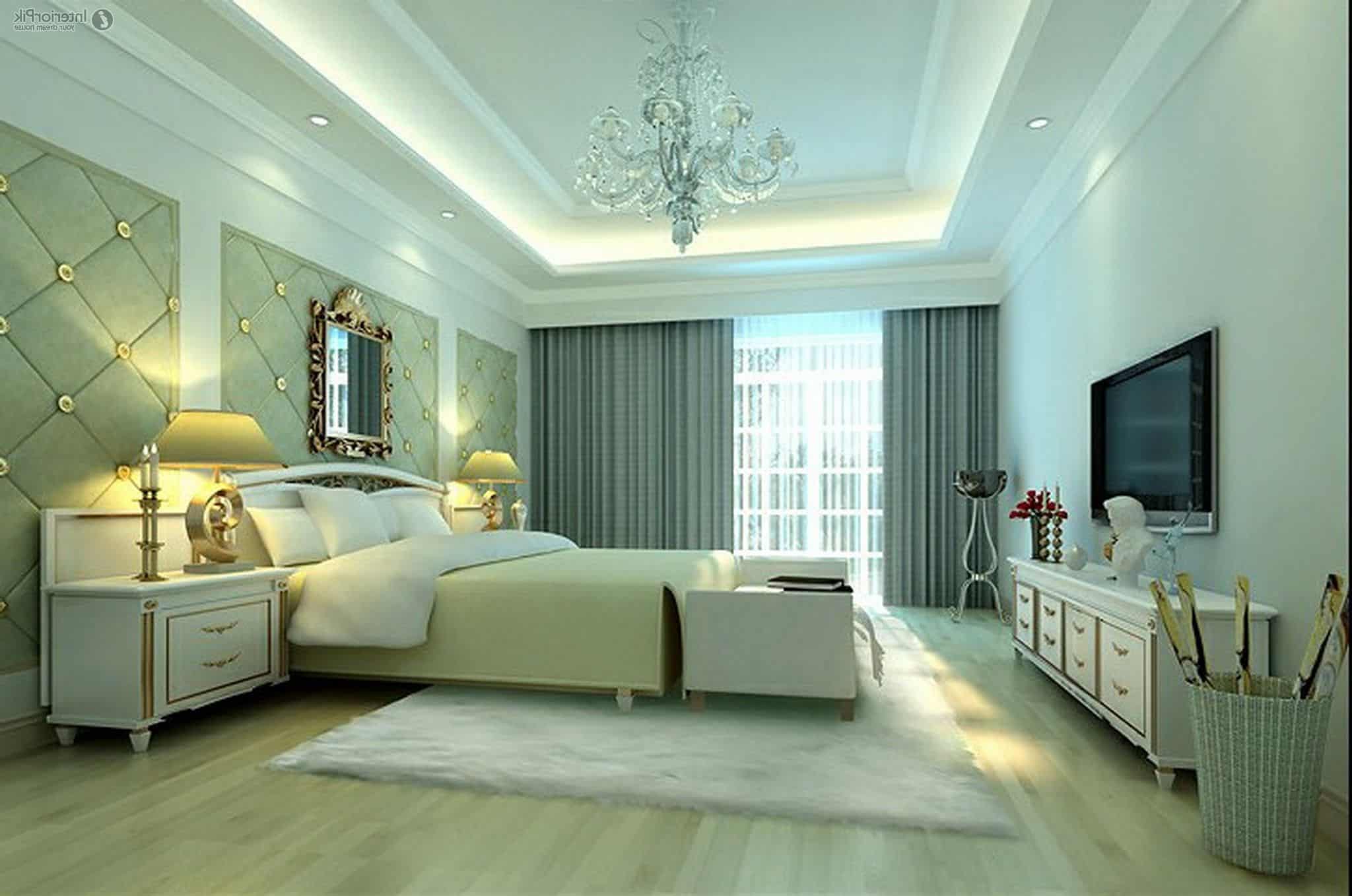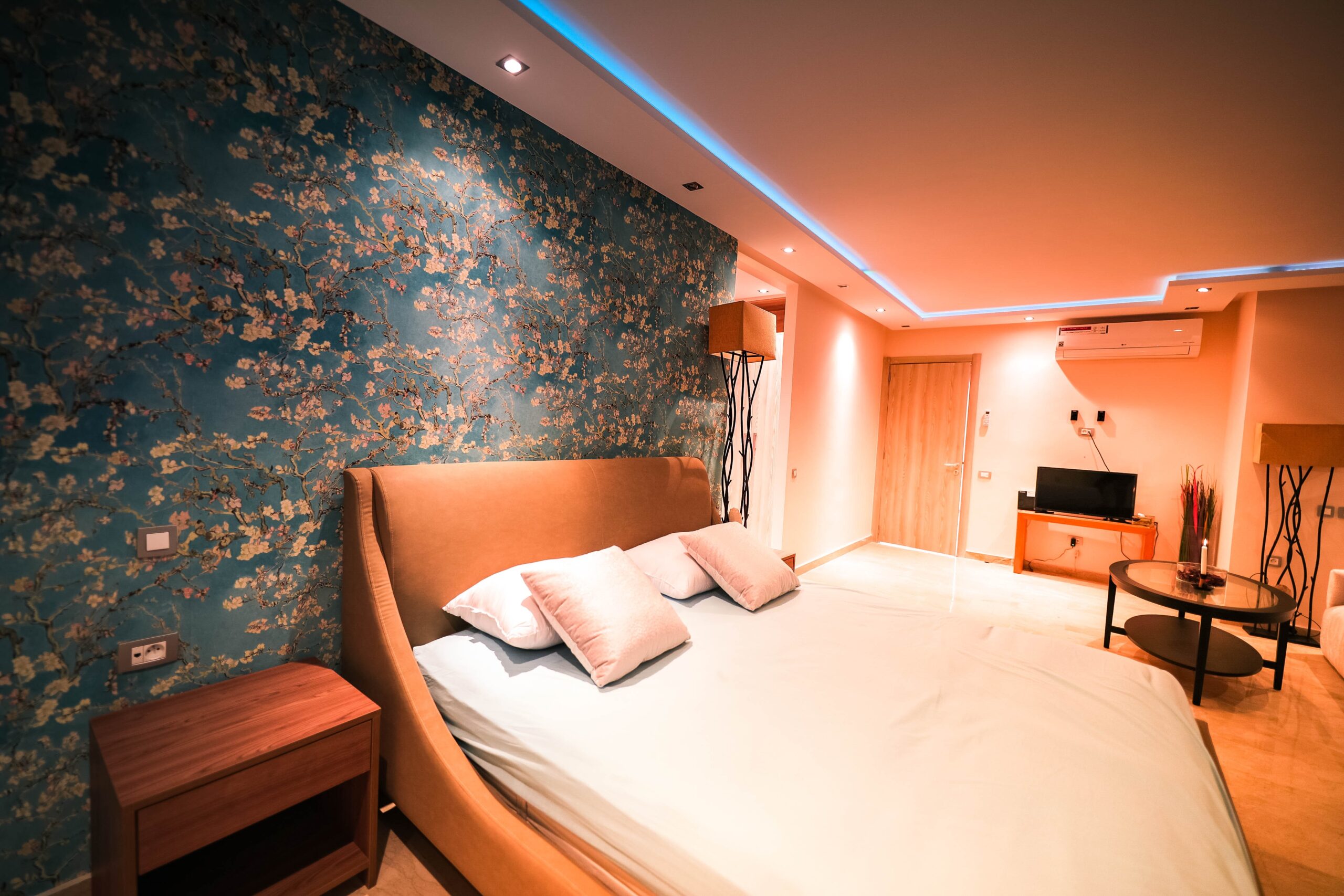Recessed Lighting: Should I Put Recessed Lighting In Bedroom
Recessed lighting, also known as can lighting, is a popular choice for many homeowners. It offers a sleek and modern look while providing functional illumination. However, before deciding to install recessed lighting in your bedroom, it’s important to weigh the pros and cons to determine if it’s the right choice for your space.
Advantages of Recessed Lighting
Recessed lighting offers several advantages that can enhance the ambiance and functionality of your bedroom.
- Enhanced Ambiance: Recessed lighting can create a warm and inviting atmosphere in your bedroom. The soft, diffused light can make the room feel more cozy and relaxing. It can also be used to highlight specific features, such as artwork or architectural details, adding a touch of elegance to the space.
- Focused Illumination: Recessed lights can be strategically placed to provide targeted illumination for specific areas, such as the reading nook, vanity, or dressing area. This allows you to create distinct zones within your bedroom, enhancing functionality and creating a more organized and efficient space.
- Modern Aesthetic: Recessed lighting is known for its sleek and minimalist design. It can create a modern and sophisticated look in any bedroom, blending seamlessly with various interior design styles. The flush-mounted fixtures create a clean and uncluttered appearance, enhancing the overall visual appeal of the space.
Disadvantages of Recessed Lighting
While recessed lighting offers many benefits, it also has some drawbacks that you should consider before installation.
- Installation Costs: Installing recessed lighting can be more expensive than other lighting options, such as pendant lights or sconces. The process involves cutting into the ceiling or walls, which may require the services of a professional electrician. The cost of materials, labor, and any necessary modifications to the existing electrical system can add up significantly.
- Potential for Glare: Recessed lighting can create glare, especially if the fixtures are not positioned correctly. This can be a problem in bedrooms, where you may want to create a relaxing and comfortable atmosphere. Choosing the right type of bulb and carefully planning the placement of the fixtures can help minimize glare.
- Limitations in Adjustability: Recessed lighting fixtures are typically fixed in place, limiting your ability to adjust the direction or intensity of the light. This can be a drawback if you need to change the lighting configuration in your bedroom, for example, when rearranging furniture or adding new features.
Comparison to Other Bedroom Lighting Options
Recessed lighting is not the only option for illuminating your bedroom. Other popular choices include pendant lights, track lighting, and sconces.
- Pendant Lights: Pendant lights are a versatile option that can provide both ambient and task lighting. They offer a variety of styles and designs, allowing you to find a fixture that complements your bedroom decor. However, they can be more visually prominent than recessed lighting, and their placement may be limited by the location of electrical outlets.
- Track Lighting: Track lighting provides flexibility in directing light, making it ideal for highlighting specific areas in your bedroom. It can be used to create dramatic effects, such as highlighting artwork or architectural features. However, track lighting can be more expensive than recessed lighting and may not be suitable for all bedroom styles.
- Sconces: Sconces are wall-mounted fixtures that provide ambient and task lighting. They offer a more traditional look than recessed lighting and can be used to create a cozy and intimate atmosphere. However, they may not be suitable for all bedroom styles, and their placement can be limited by the location of electrical outlets.
Planning Your Recessed Lighting Design

Planning a recessed lighting design for your bedroom involves considering several factors to ensure optimal functionality and aesthetics. It’s crucial to visualize how the lighting will complement the room’s size, ceiling height, furniture placement, and your desired lighting effects.
Designing a Recessed Lighting Layout
Creating a well-thought-out layout is essential for effective recessed lighting. Consider the following aspects:
* Room Size: For smaller bedrooms, a few strategically placed recessed lights might suffice. Larger bedrooms may require a more extensive layout with multiple fixtures.
* Ceiling Height: Higher ceilings often necessitate more recessed lights to illuminate the room adequately. Conversely, lower ceilings might benefit from fewer fixtures to avoid an overwhelming effect.
* Furniture Placement: Position recessed lights to highlight key areas, such as bedside tables, dressers, or a reading nook. Avoid placing fixtures directly above furniture to prevent glare.
* Desired Lighting Effects: Determine the desired lighting mood and effects. Recessed lights can be used to create a warm and inviting ambiance or a bright and functional workspace.
Comparing Recessed Lighting Fixture Types, Should i put recessed lighting in bedroom
Different types of recessed lighting fixtures offer varying wattage, light output, and aesthetic styles. Here’s a table comparing some common options:
| Fixture Type | Wattage | Light Output | Aesthetic Style | LED Recessed Light | 5-15 watts | 400-1000 lumens | Modern, minimalist | Halogen Recessed Light | 50-75 watts | 500-1000 lumens | Traditional, classic | CFL Recessed Light | 13-25 watts | 600-800 lumens | Contemporary, sleek |
|---|
Essential Considerations for Selecting Recessed Lighting Fixtures
Selecting the right recessed lighting fixtures involves considering several crucial factors:
* Dimming Capabilities: Dimmable fixtures provide flexibility in adjusting the lighting levels to suit various activities and moods.
* Energy Efficiency: Opt for energy-efficient LED or CFL fixtures to minimize energy consumption and save on electricity bills.
* Compatibility with Smart Home Systems: Consider fixtures that are compatible with smart home systems for voice control and automated lighting adjustments.
* Color Temperature: Choose fixtures with a color temperature that complements the room’s ambiance. Warm white (2700-3000K) is ideal for creating a cozy atmosphere, while cool white (4000-4500K) is better for a brighter and more stimulating environment.
Recessed Lighting Installation and Considerations

Installing recessed lighting in your bedroom can significantly enhance the ambiance and functionality of the space. However, this project involves electrical work and requires careful planning and execution to ensure safety and optimal results.
Professional Installation for Safety and Code Compliance
It is strongly recommended to hire a qualified electrician for the installation of recessed lighting. Electricians are trained and certified to handle electrical wiring and ensure that the installation complies with local building codes and safety standards. Attempting to install recessed lighting yourself can be dangerous and could lead to electrical shocks, fire hazards, or damage to your home’s electrical system.
Steps Involved in Recessed Lighting Installation
The installation process typically involves the following steps:
- Planning and Design: Determine the number and placement of recessed lights based on your bedroom’s layout and desired lighting effects. Consider factors such as furniture arrangement, wall colors, and the size of the room.
- Electrical Wiring: An electrician will run new electrical wiring to the locations where the recessed lights will be installed. This may involve cutting into walls and ceilings, so it’s crucial to have a professional handle this step.
- Fixture Installation: The electrician will install the recessed lighting fixtures, ensuring they are securely mounted and properly wired to the electrical system. This includes connecting the wires, securing the fixtures, and ensuring the installation is code-compliant.
- Finishing Touches: Once the fixtures are installed, the electrician will trim and finish the openings in the ceiling or walls, ensuring a smooth and seamless appearance. This may involve patching, painting, and other finishing work to restore the appearance of the area.
Maximizing Recessed Lighting Effectiveness
Here are some tips for maximizing the effectiveness of recessed lighting in your bedroom:
- Choose Appropriate Bulb Types: Different bulb types produce different light temperatures and intensities. For bedrooms, consider using warm white or soft white bulbs to create a relaxing and inviting atmosphere.
- Control Light Direction: Recessed lights often come with adjustable trims that allow you to direct the light. This can be useful for highlighting specific areas, such as artwork or a reading nook.
- Integrate with Other Lighting Sources: Recessed lighting can be used as a primary lighting source or integrated with other lighting sources, such as bedside lamps or wall sconces. This creates a layered lighting scheme that provides flexibility and ambiance.
